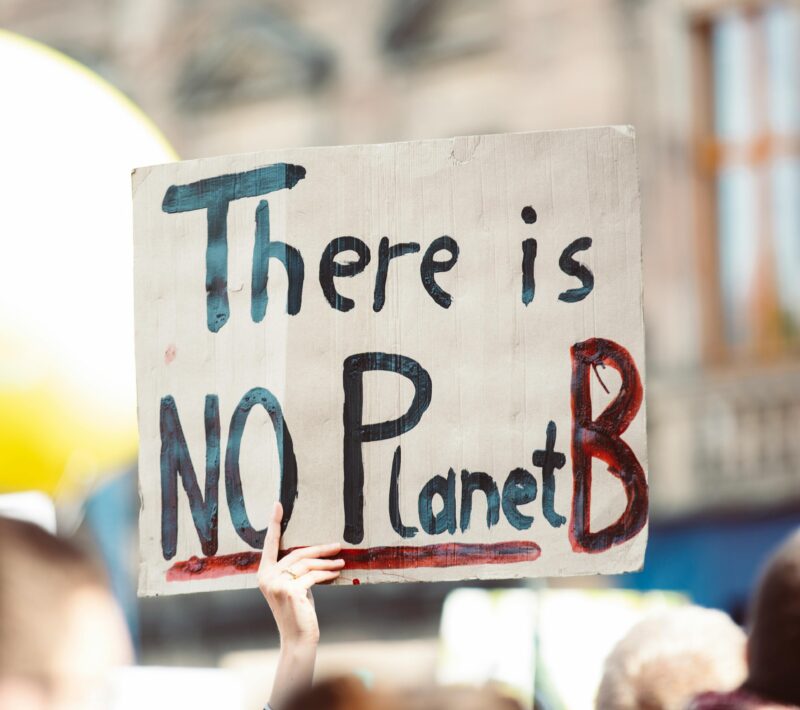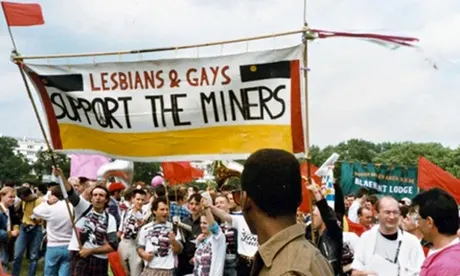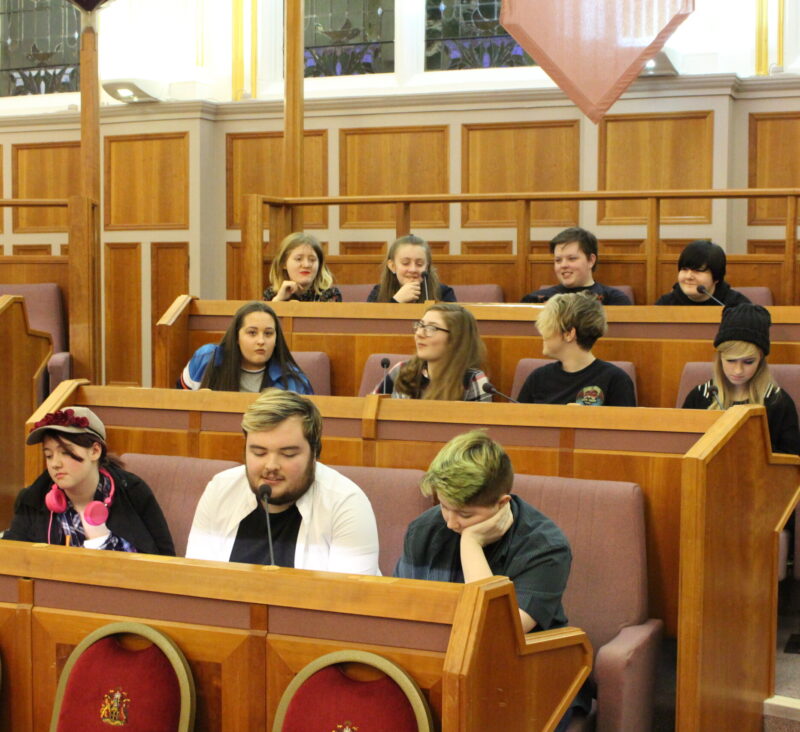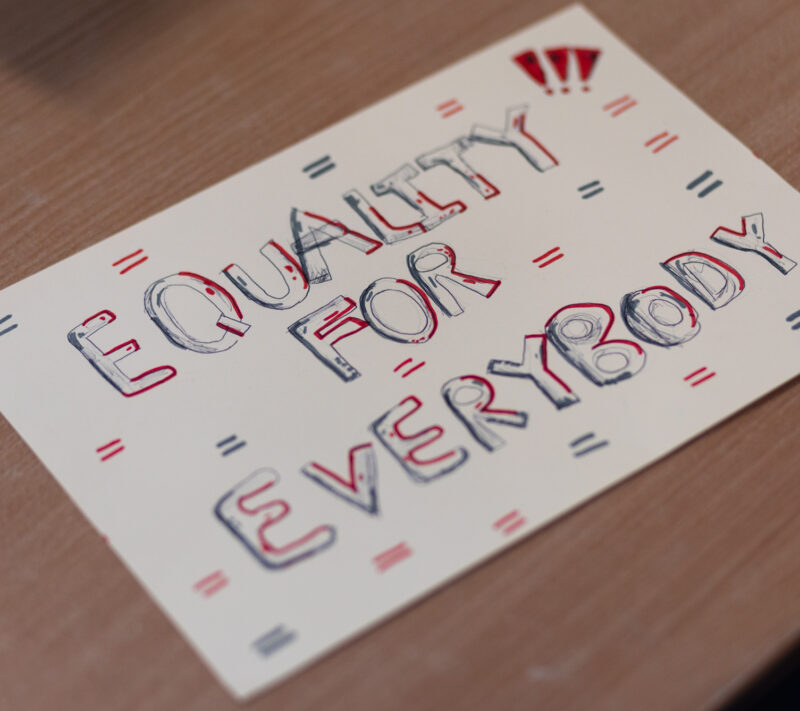


I think a lot about climate change nowadays. When I can’t decide if I’m wearing the right kind of clothing for unpredictable weather, or wondering if I can take the train to my next holiday destination instead of flying, or feeling a deep, underlying dread as I consider the dangers of the future and helplessness that I can’t do anything about it. It’s a privileged position to be in.I have a roof over my head and a relatively stable income, and my fear isn’t from directly experiencing any particular threat to my living environment.
For other LGBTQIA+ people, that isn’t the case.
According to the IPCC, those who are already marginalised are especially vulnerable to the effects of climate change, and that’s the case for the LGBTQIA+ community. While my concern about climate is currently centred around whether or not I’ve packed my raincoat, many marginalised individuals face a far more precarious future.
For LGBTQIA+ people, marginalisation comes in many forms—a lack of equal access to housing, employment and medical care and a higher likelihood of poverty. In the UK, the trans unemployment rate is three times higher than that of the general population. As a whole, LGBTQIA+ people are paid 16% less than their straight peers and consequently more negatively impacted by the cost of living. The charity AKT states that 24% of homeless young people in the UK are LGBTQIA+. Being impoverished means that LGBTQIA+ people are more likely to live in segregated areas that have a higher risk of being affected by natural disasters or poor air quality – impacting long-term health.
What does this look like in practice? Climate disaster is a genuine example of how privilege operates, and as natural disasters increase, it’s already possible to map clear examples of climate discrimination towards LGBTQIA+ people. During the 2004 Indian Ocean Tsunami, The Aravanis, who identify as neither male nor female, were excluded from temporary shelters and death records. In 2005, after Hurricane Katrina hit, a trans woman was arrested for showering in a woman’s bathroom even after obtaining permission to use it. It’s levels of extremity where not only are the LGBTQIA+ community suffering the devastating effects of a natural disaster, they’re also having to grapple with discrimination.


That aside, the other areas likely to impact LGBTQIA+ people more than their straight counterparts include air and water pollution, rising sea levels, food insecurity and plastic pollution – and more frustratingly, the powers that deny climate change are also often the same ones that suppress the LGBTQIA+ community.
At this point, I can safely put my raincoat away, save the booking of that holiday train and acknowledge that it’s terrifying – seeing people displaced around the world from flash floods, speaking to friends who feel uncertain that their safety in the UK is guaranteed – I want to know what it is I can do and the action I can take to create change.
Interestingly, in America, according to a 2010 Harris Poll, commitment to the environment is higher in the LGBTQIA+ community than in the heterosexual population. From an LGBTQIA+ perspective, there are already years of coming together with marginalised communities under the bonnet, and it’s time to act again. From Lesbians and Gays Support The Miners back in the 80s to the more recent Queers for Palestine protest groups, intersectionality has the potential to lead towards the best possible future in the face of the climate crisis.
Isais Hernandes, an LGBTQIA+ climate educator, suggests that the best way to create a better future is by queering the system and deconstructing reality – and this is something that many LGBTQIA+ people have already done. When you come out for the first time, you already step outside the perceived reality of what your life might become; you grieve it, and you rebuild a life that fits you. It’s likely that climate change will lead us to meet a similar set of challenges: to step outside the perceived reality of what we hoped life would be and to rebuild something different.

Colin Clews
Rebuilding can take many forms. There are fantastic LGBTQIA+ climate activists and charities on social media and online who we can follow, promote, and use to educate ourselves.
https://www.instagram.com/queerbrownvegan/
https://www.instagram.com/jamie_s_margolin/
https://www.instagram.com/pattiegonia/
https://www.queerecoproject.org/about


We can continue to educate ourselves on the challenges LGBTQIA+ people face and figure out the support they need. That might mean levying organisations like Pride to drop big oil sponsors or signing petitions.
As Isaias has written, we can identify our skills, find community, and work in solidarity towards a better future.It’s scary, but as minorities we make up the majority, and in coming together we can do our best to protect the planet and one another
https://carbonliteracy.com/climate-change-the-lgbtq-community/
https://www.earthday.org/how-climate-change-affects-the-lgbtq-community/
https://www.greenpeace.org/usa/what-it-means-to-be-an-lgbtq-environmentalist
https://www.greenpeace.org/international/story/60078/impact-climate-crisis-lgbtqia2s-pride-month/
https://www.climaterealityproject.org/blog/climate-crisis-lgbtqia-issue
https://www.thepinknews.com/2023/08/24/climate-change-queer-activists-lgbtq-environmental-crisis/
Written by Megan Holland
Megan is a queer brand strategist and writer from Manchester. Her creative practice specialises in LGBTQIA+ grief. You can follow her work at @pen_andthink.

We are Art with Heart, and we want to bring together as many people as possible to unlock their creativity and connection to each other. As a registered charity (1205611), donations make it possible to deliver accessible, representative and inclusive projects, to engage more people, employ more freelancers and plan further into the future. Together, we are building Art with Heart, we would love you to join us! CLICK HERE to donate through our Ko-fi campaign.